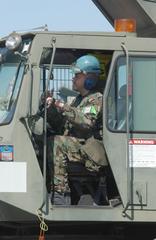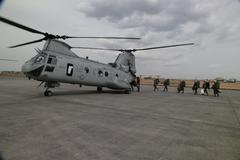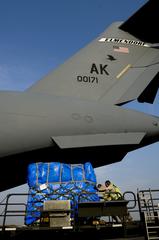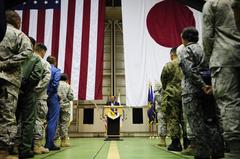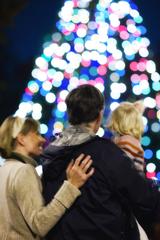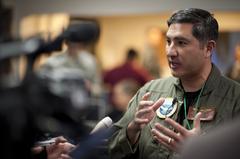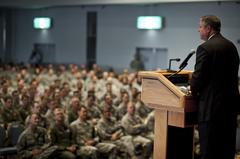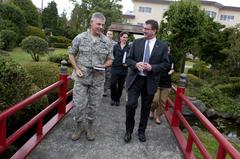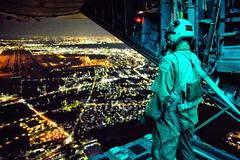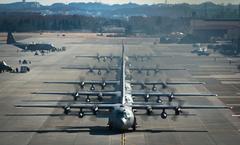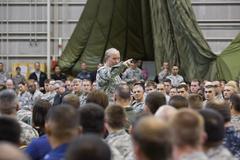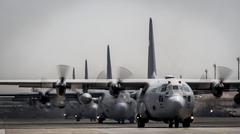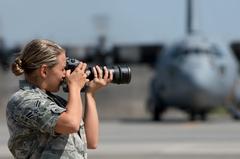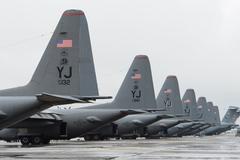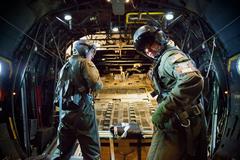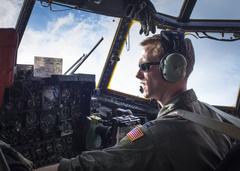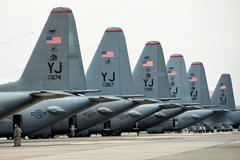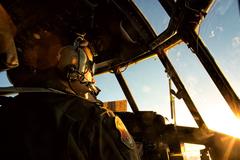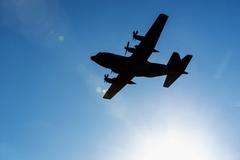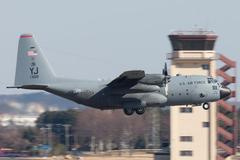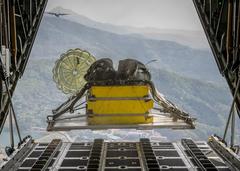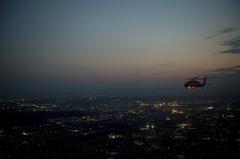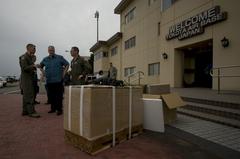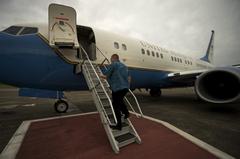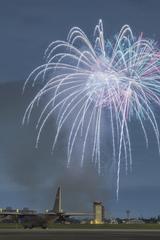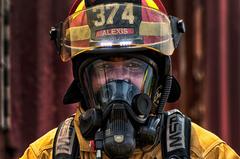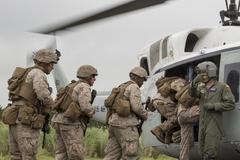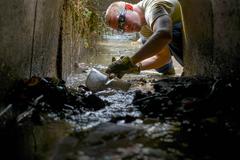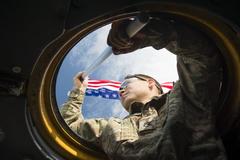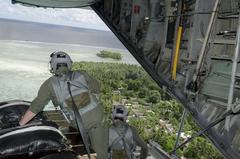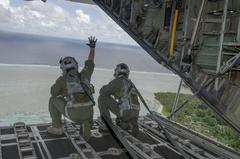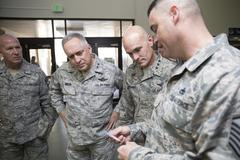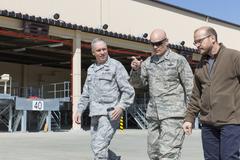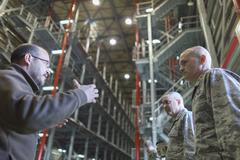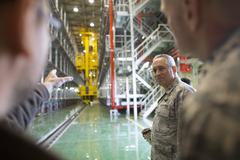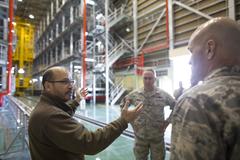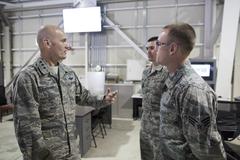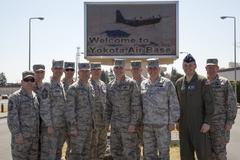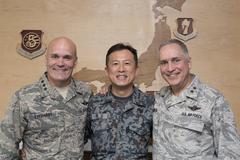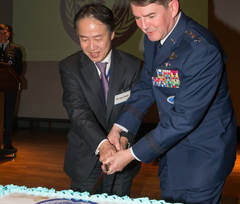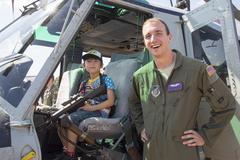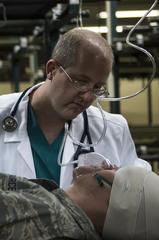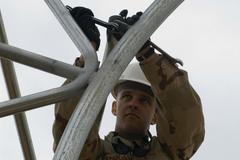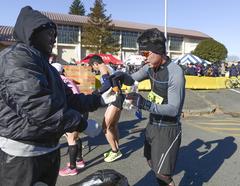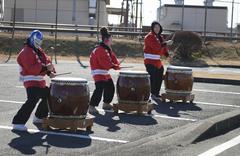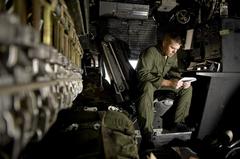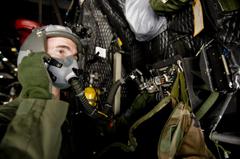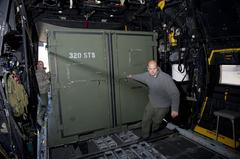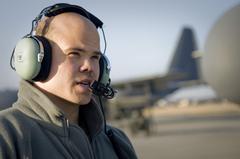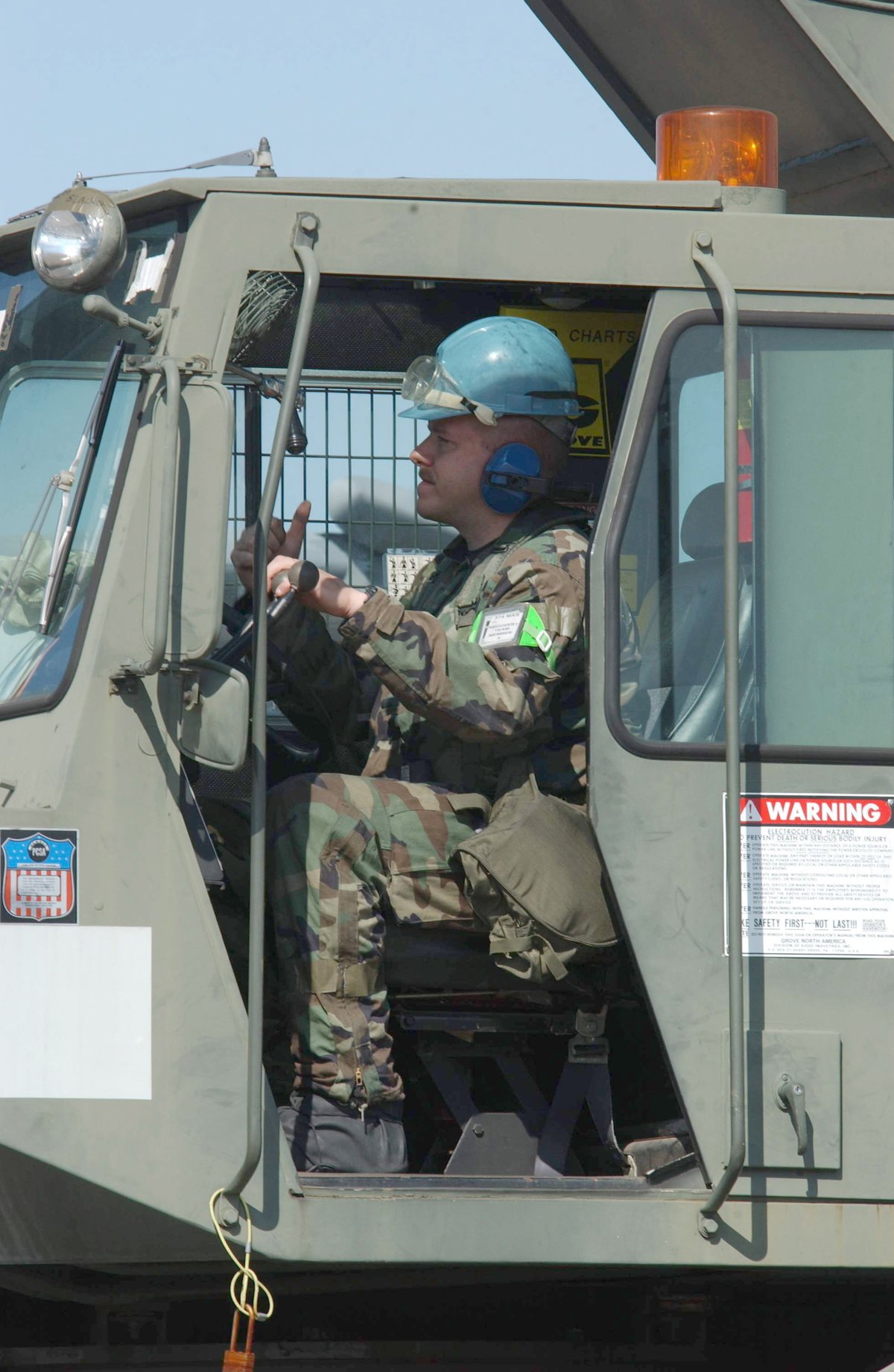
Yokota Air Base Tokyo: Visiting Hours, Tickets, and Comprehensive Tourist Guide
Date: 14/06/2025
Introduction
Yokota Air Base, located approximately 20–30 kilometers west of central Tokyo in Fussa City, is both a strategic hub for U.S.-Japan security cooperation and a vibrant symbol of cross-cultural exchange. Established in 1940 as Tama Airfield by the Imperial Japanese Army, the base has evolved through several historical phases, from a pivotal World War II flight test center to its current role as headquarters for U.S. Forces Japan and the Fifth Air Force. Over decades, it has played an instrumental role in regional defense, humanitarian missions, and fostering goodwill between American service members and the Japanese community. Notably, the annual Friendship Festival transforms Yokota into a welcoming venue for cultural performances, aircraft displays, and community engagement, drawing hundreds of thousands of visitors (Yokota Cadet Squadron History; Yokota A.F.B. History; CNAS Yokota Report; Yokota Friendship Festival).
This guide provides everything you need to plan your visit to Yokota Air Base, including historical background, entry procedures, event details, travel tips, and insights into nearby Fussa, where American and Japanese cultures meet.
Table of Contents
- Historical Overview and Strategic Significance
- Visiting Yokota Air Base: Hours, Tickets, and Entry
- Base Layout and Facilities
- On-Base Events and Activities
- Exploring Fussa: Attractions and Local Culture
- Transportation and Accessibility
- Visitor Tips and FAQs
- Visual Gallery
- Conclusion and Recommendations
- References
Historical Overview and Strategic Significance
From Tama Airfield to Bilateral Command Center
1940–1945: Constructed as Tama Airfield by the Imperial Japanese Army, the site was a major flight test center during WWII, including hosting meetings between Japanese and Italian allies (Yokota Cadet Squadron History).
1945–1950: After Japan’s surrender, U.S. forces seized the airfield, renaming it Yokota Air Base. It rapidly became a logistical hub for the U.S. occupation, expanding its runways and facilities to support American aircraft (Yokota A.F.B. History).
1950s–1970s: Yokota played a central role in the Korean War, hosting bombers and later transitioning to tactical fighters. The Kanto Plain Consolidation Plan led to the return of some U.S. military land to Japan while modernizing Yokota’s infrastructure.
Post-1975: The arrival of the 345th Tactical Airlift Squadron and humanitarian missions, such as Operation Babylift, marked Yokota’s expanded role in airlift and disaster response. The base also became a communications and logistics hub, supporting United Nations operations in Japan (Yokota A.F.B. History).
Modern Day: Yokota serves as joint headquarters for U.S. Forces Japan, the Fifth Air Force, and the Japan Air Self-Defense Force (JASDF) Air Defense Command. This co-location enhances bilateral defense coordination and regional disaster response, as seen during the 2011 Tōhoku earthquake (CNAS Yokota Report).
Visiting Yokota Air Base: Hours, Tickets, and Entry
Public Access and Visiting Hours
- General Access: Yokota Air Base is a secure military installation; public access is available primarily during special events, most notably the annual Friendship Festival in late spring or early summer.
- Friendship Festival: Entry is free but requires valid photo ID (passport, Japanese driver’s license, My Number card, or resident ID) for those aged 16 and over. Non-U.S./non-Japanese citizens may need to pre-register via a QR code found on the event website (Yokota Friendship Festival).
- Event Hours: Typically 9:00 AM to 4:00 PM for open days; always confirm via official channels for the latest information.
Entry Procedures and Security
- ID and Registration: Bring valid government-issued identification. Pre-registration may be required for some visitors.
- Security Checks: All bags are subject to inspection. Prohibited items include weapons, large bags, drones, and alcohol.
- Photography: Permitted in designated areas during events; always follow signage and staff instructions.
Accessibility
- Facilities: The base provides ramps, accessible restrooms, and assistance for visitors with disabilities.
- Movement: Visitors are restricted to specific event zones; residential and operational areas are off-limits.
Base Layout and Facilities
Overview
- Size: Approximately 7.1 square kilometers (1,750 acres).
- Runway: 3,353 meters (11,000 feet) in length.
- Zones: Includes flight operations, administrative headquarters, residential and recreational areas, logistics, and medical services.
For a detailed facility map, see the Yokota 374th Force Support Squadron website.
Amenities
- Medical: Hospital and clinics for authorized personnel.
- Education: DoDEA schools for K–12.
- Dining and Shopping: Commissary, Base Exchange, American-style eateries.
- Recreation: Fitness centers, parks, sports fields, Yujo Community Center (Yujo Community Center).
On-Base Events and Activities
Friendship Festival
- The base’s marquee public event, held annually in May, attracts up to 300,000 visitors.
- Features include air shows, aircraft displays, parachute demonstrations, live music, and food stalls offering American and Japanese cuisine (Yokota Friendship Festival).
- Cultural performances and children’s activities foster cross-cultural engagement.
Other Programs
- MWR Activities: Sports, arts and crafts, and family events.
- Tours: Occasional guided tours during open house events.
- ITT Office: Offers excursions to local attractions for authorized personnel (Information, Tickets & Travel).
Exploring Fussa: Attractions and Local Culture
American-Influenced East Side
- Lined with American-style diners (e.g., Demode Diner), ice cream shops, and vintage stores, the area around Route 16 exudes a “Little America” vibe (Japan Experience).
- The Fussa American House offers insights into the area’s expat history and holds cultural exhibitions.
Traditional Japanese West Side
- Tamagawa Josui Waterway: Edo-period canal with scenic trails, cherry blossoms, and a preserved water mill.
- Shrines and Temples: Shinmei Shrine and Seigain Temple provide tranquil settings and seasonal beauty.
Sake Breweries and Local Cuisine
- Historic breweries offer guided tours and tastings. Fussa’s culinary scene features both authentic Japanese and American-style options.
Parks and Outdoor Activities
- Naka Fussa Park: Family-friendly with playgrounds and seasonal festivals.
- Nearby Mountains: Mount Mitake and Mount Takao offer hiking, panoramic views, and spiritual sites (Japan Experience).
Cultural Events
- Fussa Tanabata Festival (summer), U.S. Independence Day fireworks, and other seasonal events blend American and Japanese traditions.
Shopping
- East side: American goods, vintage clothing, military surplus.
- West side: Traditional markets with local produce and crafts.
Transportation and Accessibility
- By Train: Take the JR Chuo Line to Tachikawa Station, transfer to the JR Ome Line for Fussa or Haijima Stations. Haijima is preferred for large events; both are within walking or short taxi distance of the base (Japan Experience).
- By Car: Private vehicles are generally not allowed, except for those with disabilities and prior approval.
- On Foot: Enter through Gate #5 (Ushihama/Supply Gate) during events.
- Local Transit: Buses and taxis are available; apps like Japan Transit Planner and Google Maps can assist with navigation (Reddit).
Visitor Tips and FAQs
Practical Tips
- Currency: On base, U.S. dollars; off base, Japanese yen.
- Language: English is common on base; basic Japanese is helpful off base.
- Weather: Four distinct seasons—prepare accordingly.
- Etiquette: Respect customs at shrines and during festivals.
Frequently Asked Questions
Q: Can the public visit Yokota Air Base anytime?
A: No. Public access is limited to special events such as the Friendship Festival.
Q: Are tickets required for entry?
A: Entry to the Friendship Festival is free but requires valid ID and, for some, pre-registration.
Q: Is photography allowed?
A: Yes, in designated areas during public events. Always follow staff instructions.
Q: How do I get to Yokota Air Base from central Tokyo?
A: Take the JR Chuo Line to Tachikawa, then the JR Ome Line to Fussa or Haijima. The base is a short walk or taxi ride from either station.
Q: Are guided tours available?
A: Usually only during special events. Check official channels for updates.
Q: Is the base wheelchair accessible?
A: Yes, accessible facilities and assistance are available.
Visual Gallery
Alt text improves SEO and accessibility.
Conclusion and Recommendations
Yokota Air Base stands as a living testament to the enduring U.S.-Japan alliance, blending military significance with rich opportunities for cultural exchange. The annual Friendship Festival offers an unparalleled chance to experience military aviation, cross-cultural performances, and the dynamic interplay between American and Japanese communities. Coupled with the attractions of Fussa—ranging from “Little America” neighborhoods to historic shrines and local breweries—your visit promises to be memorable and multifaceted (CNAS Yokota Report; Yokota Friendship Festival; Yokota 374th Force Support Squadron; Japan Experience).
For the latest updates on events, visiting requirements, and local travel tips, consult the official Yokota Air Base website and download the Audiala app for real-time guidance.
References
- Yokota Cadet Squadron History
- Yokota A.F.B. History
- CNAS Yokota Report
- Yokota Friendship Festival
- Yokota 374th Force Support Squadron
- Japan Experience - Fussa Attractions
- We Are The Mighty - Complete Yokota Air Base Guide
- Japan Travel Note - Visiting Yokota Air Base
- Official Yokota Air Base Website
